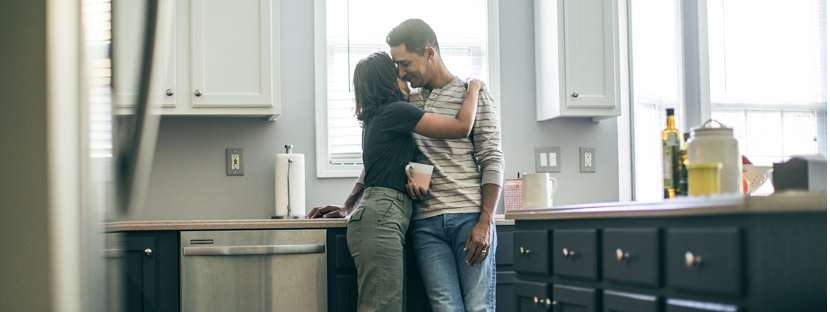How to Prepare Your Home for An Appraisal
We’ve all heard the expression about accepting the things you cannot change. Luckily, your home appraisal is not one of them. It’s true that you can’t change your neighborhood and the value of other homes in your community, but there are things you can change – and do – to prepare your home for the appraisal process.
Preparing your home for sale (or a refinance) involves fully understanding the appraiser walk-through and how it translates to getting the maximum value for your home. A home appraisal is typically part of mortgage lender requirements, though it’s not performed by the lender. Instead, an independent state-licensed real estate appraiser evaluates your home to objectively determine its current market value. At a high level, the appraiser looks at the home’s overall condition, interior and exterior features, the value of comparable homes nearby and real estate market trends of the surrounding area to help determine an accurate value of your home
Here are our top tips to maximize your home’s appraisal value:
- Clean interior thoroughly: A tidy home impresses appraisers and reveals issues.
- Boost curb appeal: Trim landscaping, add flowers, and tidy exterior surfaces.
- Update appliances: Replace old items to modernize spaces and enhance value.
- Repaint and rearrange: Brighten rooms with neutral tones and optimize furniture layout.
- Document upgrades: List recent improvements to highlight added value.
- Research local comps: Know your neighborhood’s market to gauge your home’s worth.
Before, During and After the Home Appraisal Process
So, what happens before, during and after the appraiser’s visit? After your mortgage lender orders the appraisal, a third-party Appraisal Management Company (AMC) will reach out to schedule an in-person time. Plan to be present for the appraisal, and think about last-minute preparations, which should include making a plan for pets and children as you don’t want them to interfere with the appraiser’s walk thru. Set the house to a comfortable temperature. When the appraiser arrives, greet them courteously but then hang back during the appraiser’s visit. Resist the urge to follow them from room to room with running commentary; just let them do their job. The appraiser will walk around, measuring square footage, taking pictures, checking the status of major systems in the home, and looking at structural integrity.
After the appraiser is finished, don’t worry about paying them at that time; appraisal fees are part of your mortgage closing costs for a home purchase or refinance. You can expect them to finalize the appraisal report and provide it to your lender within a few days or weeks; you should also be entitled to a copy of the report. The report will detail major vs. minor issues. Major issues such as electrical, HVAC or plumbing will likely require repair. Ideally, the home’s appraised value will come in at or above the asking price, and ultimately, the loan value is based on the home’s appraised value not just the asking or sales price.
The bottom line? In today’s housing market, a well-executed home appraisal can add thousands of dollars of value to your home. So, it’s important to prepare your home long before an appraiser ever arrives on the scene.
Still have questions about home appraisals or financing requirements? Get the scoop on the “Ins and Outs of Appraisals” or learn more about our various home loan programs.


 AmeriSave Mortgage
AmeriSave Mortgage AmeriSave Mortgage
AmeriSave Mortgage AmeriSave Mortgage
AmeriSave Mortgage AmeriSave Mortgage
AmeriSave Mortgage AmeriSave Mortgage
AmeriSave Mortgage AmeriSave Mortgage
AmeriSave Mortgage